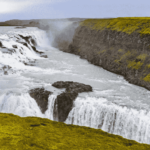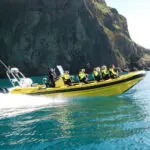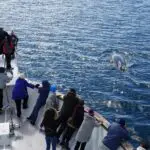Is there an Icelandic Carnival? You might know Mardi Gras, Brazilian Carnival, Carnival of Venice, and other celebrations worldwide. All of them happen right before Ash Wednesday, which is the beginning of Lent (46 days before Easter).
Despite Iceland being known for its paganism and Lutheranism, we have our festivities at a similar time. And for many, it is like a second Christmas. We don’t have the typical carnival. We have Icelandic Carnival.
Bolludagur – Cream Bun Day
The Monday before Ash Wednesday is called bolludagur. This day is associated with Festilaven in Scandinavia, but there, it is celebrated on the day before.
In the late 19th century, the custom of beating a piñata and dressing up in costume arrived from Denmark. For unknown reasons, this custom mostly died out around the turn of the 20th century and a little later in Akureyri. The tradition of dressing up transferred to öskudagur (Ash Wednesday).
However, in the Westfjords, kids still dress up on bolludagur, where the day is called “maskadagur”.
Maskadagur
In the beginning, only boys dressed up. They went between houses to beg and sing for candy, a custom associated with Ash Wednesday in other parts of the country. Originally it was primarily grown-ups who dressed up, but around 1940, people started holding fancy-dress balls for children.
During the day, children go between stores and sing and beg for candy, while in the evening, they go between people’s homes to do the same. Due to this, children generally also get Sprengidagur (Shrove Tuesday) off from school since it’s a whole day’s endeavour. In other parts of the country, children get Ash Wednesday off to go between stores, and sing and beg.
Bun-day buns
The oldest printed source for the name bolludagur is since 1910. Before that, the day was called “Spanking Day”, connected to the custom of children spanking their parents to get buns. It’s true. We even still do this. Don’t worry; we’ll get to it later.
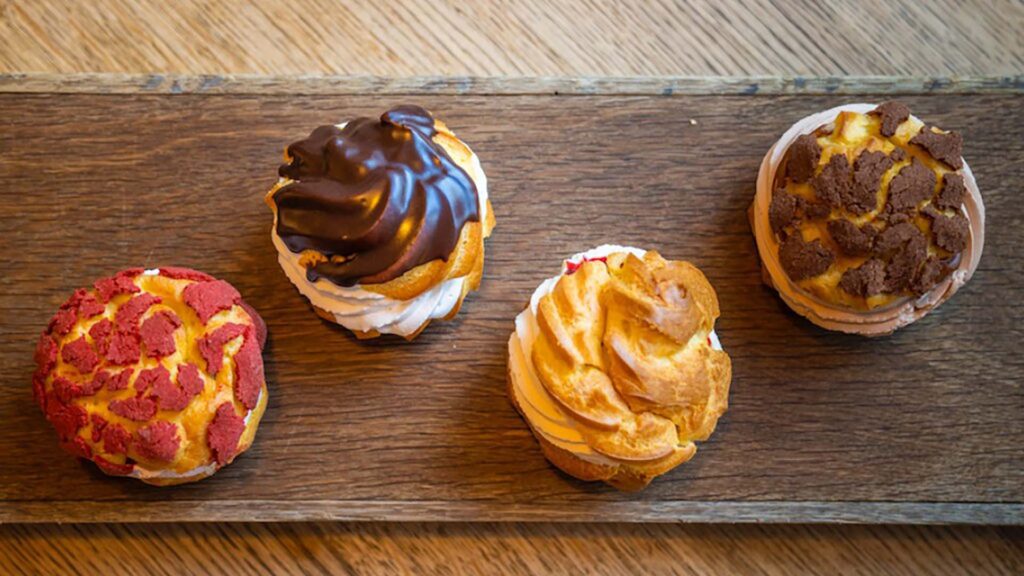
Bun eating has been known from at least the beginning of the 20th century. However, it is more likely that the custom dates back to the middle of the 19th.
It is estimated that Icelandic bakers bake around 1 million buns for the bun day, but many bake their own at home. The buns are usually served with cream and jam on the inside and chocolate on top, but bakeries offer many different varieties. There are two different types of buns available: Cream puffs and yeast buns.
Despite the actual day always landing on a Monday, many celebrate it at home the day before. Bakeries have also started selling the buns up to two weeks before the actual day.
Bolluvendir
One purely Icelandic custom related to the day is the bolluvöndur or bun broom. It is believed the custom is another one that initially was associated with Ash Wednesday. It was a custom to scatter ash with some kind of broom or branch in churches on the day during Catholicism. Pious people would sometimes spank themselves with ash-covered branches.
Children generally make it from colourful craft paper and a stick. Then it is used to spank their parents and shout: BOLLA BOLLA BOLLA! (bun bun bun!) This indicates that the parents should get going and give the children some buns. The custom is to do this to their sleeping parents and thus wake them up with the bun demands.
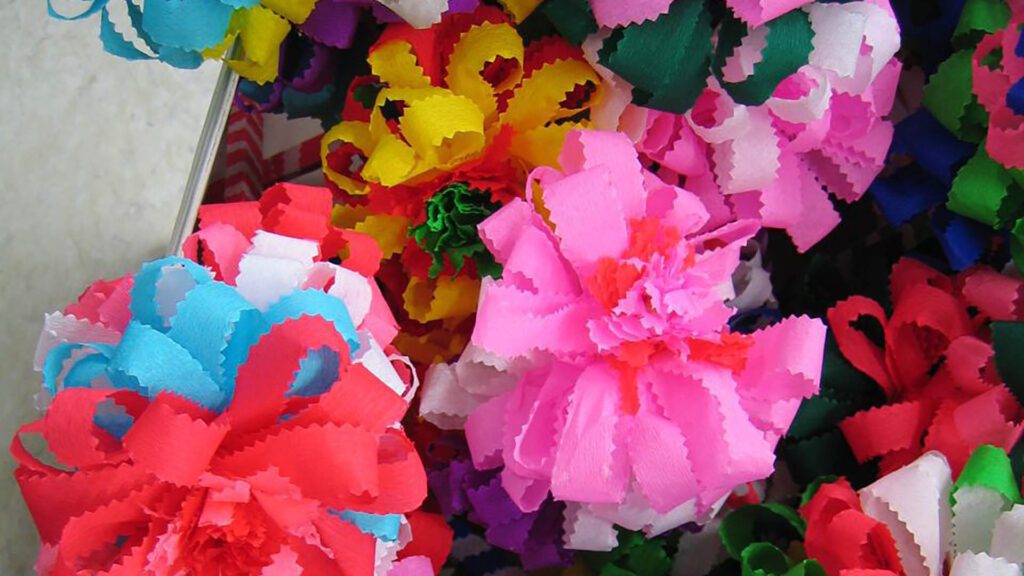
It is unknown how this custom came to Iceland, but it most likely was brought from Denmark with merchants in the 19th century.
At first, the spanking wasn’t valid unless the spanker was fully dressed and the spanked person undressed. Each spank meant one bun. So the more the children managed to spank their parents (or guardians), the more buns they would (or should) get.
Sprengidagur – Explosion day
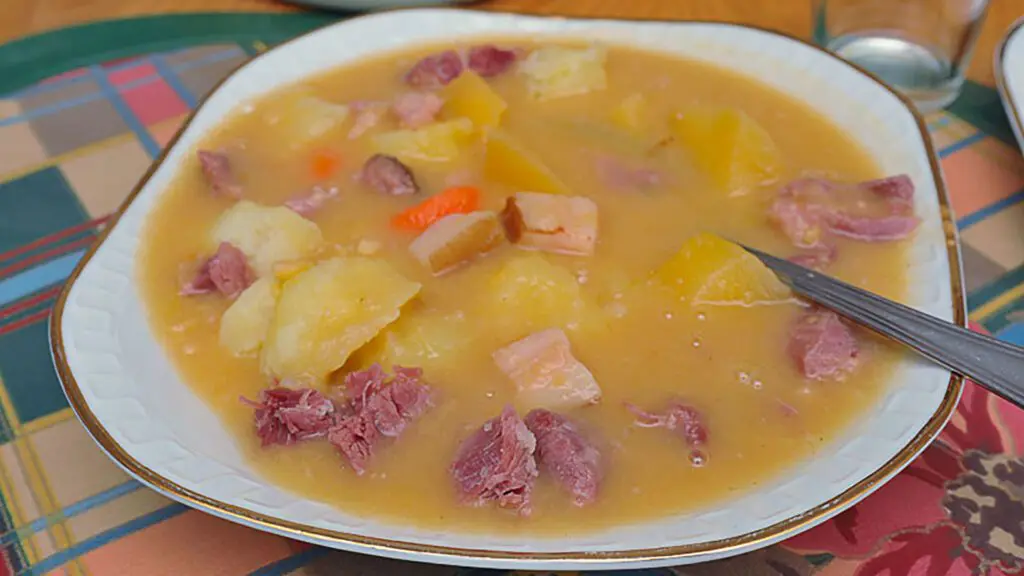
The last day before Lent. It is known worldwide as a great day of excess, and it is no different in Iceland. Icelanders eat “saltkjöt og baunir” or salted meat and split peas on this day.
The first written source of the name is from an Icelandic-Latin dictionary published in the early 18th century. Explosion day – or evening is a grand carnival with all kinds of side dishes.
According to Catholic tradition, eating meat the last two days before Lent was inappropriate, so the celebration was generally held on Shrove Sunday. The custom may have transferred to Shrove Tuesday after the Reformation.
It was customary to give farmhands as much hangikjöt as they could eat on this day, as they would not get a sliver of it again until Easter.
The custom of eating salted meat and lentil beans on this day dates back to the 19th century. It comes as no surprise that hangikjöt (smoked meat) was more common before since salt was a luxury in Iceland (like many other countries).
In English, Shrove Tuesday is called Pancake Tuesday or Pancake Day by many. The oldest source for it is from Shakespeare.
This was the last day before Lent when people could eat as much as they wanted.
Saltkjöt og baunir
People generally eat salted meat, and split peas soup is on this day, and for many, it is the only day people get this dish. However, it was not only eaten on this day in the olden days.
The soup is made from yellow split peas and potatoes, turnips and carrots, and salted lamb meat, which is either eaten with the soup on a separate plate or cut into pieces and put into the soup. It is possible to find versions of this dish in Northern Europe, the USA and Canada. There people eat salted pork rather than salted lamb.
There’s a song Icelanders sometimes sing, which dates back to a ventriloquist show in the 1950s: Saltkjöt og baunir, túkall – sung to the barbershop jingle of “Shave and a haircut, two bits”.
Öskudagur – Ash Wednesday
Ash Wednesday is important in Catholicism as the first day of Lent. The name comes from the custom of scattering ashes from burnt palm branches from the year before over the heads of the penitent congregation.
The name öskudagur can be found in manuscripts from the 14th century, and it may have been known in Iceland for much longer. In those manuscripts, the day represented the same as in other European (and Catholic) countries. Lent was supposed to be a time for reflection, repentance, and good behaviour, apart from the fast, which usually only meant skipping meat in Iceland. The devout cut fish and dairy, and some only drank water and ate bread.
As stated before, the customs of modern-day öskudagur in Iceland originally were celebrated on bolludagur. Initially, children got the Monday off to dress up fancy and beat the stuffing out of a pinata. However, in 1917 officials transferred the school holiday to Wednesday in most parts of the country.
As stated before, the custom of spanking people on Bolludagur may also have been related initially to Ash Wednesday.
Öskupokar – ash bags
The custom of hanging “ash bags” onto the backs of unsuspecting people on Ash Wednesday is only known in Iceland. There is a possible connection between the ash bags and Catholicism. The ash was considered powerful and sometimes made more so with holy water. People also tried to get ash from the church to bless their homes.
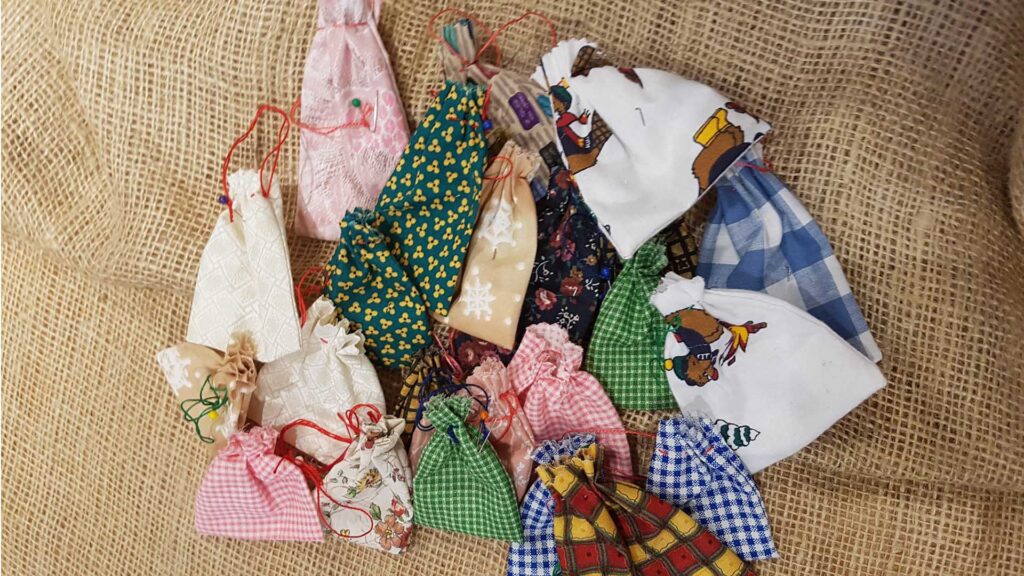
The ash bag custom has been known since the middle of the 18th century but is possibly older. Initially, adults hung the bags on people, and it was different between men and women. Women hung bags with ash onto men, and men hung bags with small rocks on women.
Later, probably when Ash Wednesday became a children’s holiday, the custom became theirs. Then children tried to hang the bags onto the backs of adults, and the person was not supposed to notice the bags. Children had the most fun when they managed to hang a bag on someone who already had many on their back.
The bags’ content also changed from ash to small gifts or notes, and then later, there was nothing in the bags.
Sadly, this custom has mostly died out, but people have been trying to bring it back in recent years. The Reykjavik City Museum occasionally holds a short course on making the öskudagspokar. During the height of COVID-19, The Icelandic Directorate of Health encouraged people to celebrate a different kind of öskudagur. Instead of going out between stores, stay home and make öskudagspokar, for example.
No Icelandic Carnival?
It is unknown why Iceland doesn’t have any carnivals as we know them from around the world. The sparse population and colder weather might have something to do with it. It also probably didn’t help that Christian VI of Denmark banned celebrations on Sundays, which usually was people’s only day off.
But despite that, and despite Iceland not being a Catholic country, we have our own version. The Icelandic Carnival Days – bolludagur, sprengidagur and öskudagur.
Please signup HERE for our newsletter for more fun facts and information about Iceland!



